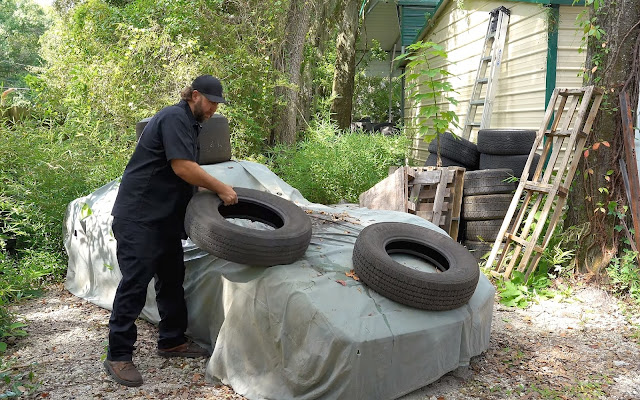Chrysler's iconic 426-cubic-inch (7.0-liter) HEMI V8 is widely celebrated, but before its dominance, there was another powerhouse under the hood of Mopar vehicles in the 1960s—the Max Wedge.

In 1951, Chrysler introduced hemispherical combustion chambers to its production cars, but it momentarily shelved the design in 1958. The HEMI resurgence occurred in 1964 with the arrival of the famous 426 V8, earning it the nickname "elephant engine." Initially developed for NASCAR, it later powered Plymouth Belvedere on racetracks and found its way into production cars for homologation.
Max Wedge's Drag Racing Legacy

Before the HEMI took center stage, the Max Wedge emerged during the drag race wars of the early 1960s. Debuted in 1962 as a 413-cubic-inch (6.8-liter) mill, it was a formidable force on the drag strip. The engine, based on the RB block, evolved to 426 cubic inches in 1963, delivering comparable power to the later HEMI.
The Max Wedge was exclusive to intermediate Mopars of the B-body variety, finding its place in models like the Dodge Dart, Polara, 330, and 440, as well as the Plymouth Fury, Savoy, and Belvedere. It played a pivotal role in Chrysler's dominance in drag racing during this era.

While not as popular as the HEMI Mopars, Max Wedge cars are notably rarer. Only a few hundred were built from 1962 through 1964. A prime example is the 1963 Dodge 330, one of just 34 made that year and the sole one in silver over red.
Racing Legacy of a One-of-One Gem
This unique 1963 Dodge 330, a street-legal drag racer, participated in local races and the 1963 NHRA Nationals in Indianapolis. Despite being sold in 1965, it continued racing in various classes until the 1970s. A recent restoration returned it to its 1963 specifications, retaining its factory lightweight components.

What sets this 330 apart is its rare survival with factory lightweight features intact. The aluminum hood, fenders, and bumper are original, as is the 425-horsepower Max Wedge engine and the 727 push-button automatic gearbox.
# FAQs
## How Many Max Wedge Cars Were Built?
Dodge and Plymouth produced only a few hundred Max Wedge cars each from 1962 through 1964.
## What Makes the 1963 Dodge 330 Unique?
The 1963 Dodge 330 is one of only 34 made that year, and it stands out as the sole example in silver over red.
## Did the 330 Have a Racing History?
Yes, the 330 raced locally at Minnesota Dragway and participated in the 1963 NHRA Nationals in Indianapolis.
## How Original is the 1963 Dodge 330?
The car underwent a recent restoration, returning it to 1963 specifications, and it retains its factory lightweight components, including the aluminum hood, fenders, and bumper.
## What's the Significance of the Max Wedge Engine?
The Max Wedge engine, with its 425 horsepower, was a potent force in drag racing during the early 1960s and paved the way for the later HEMI.


























































